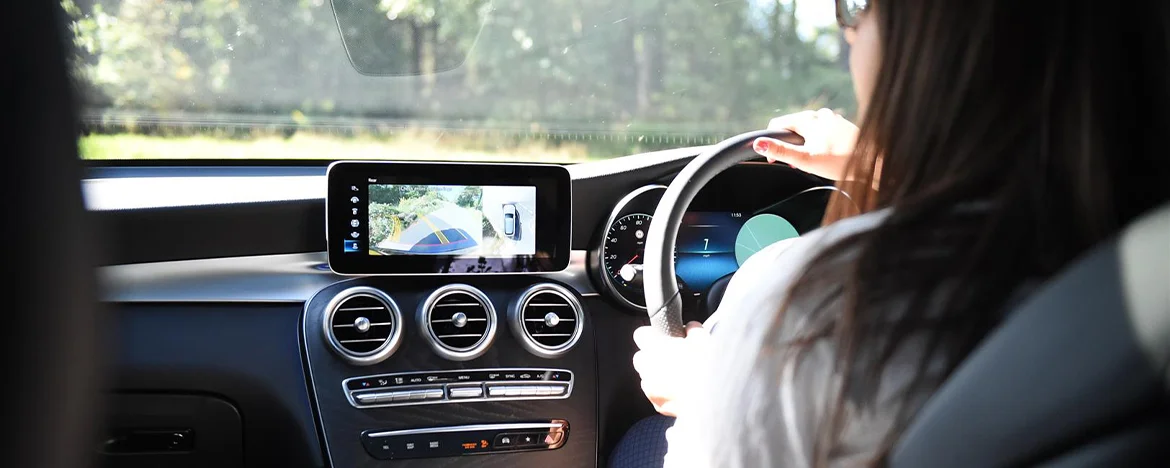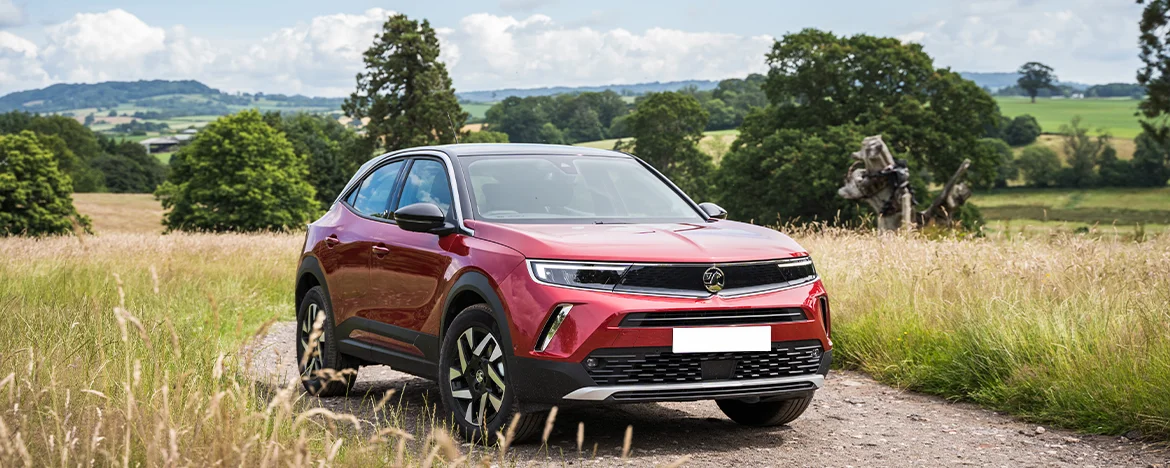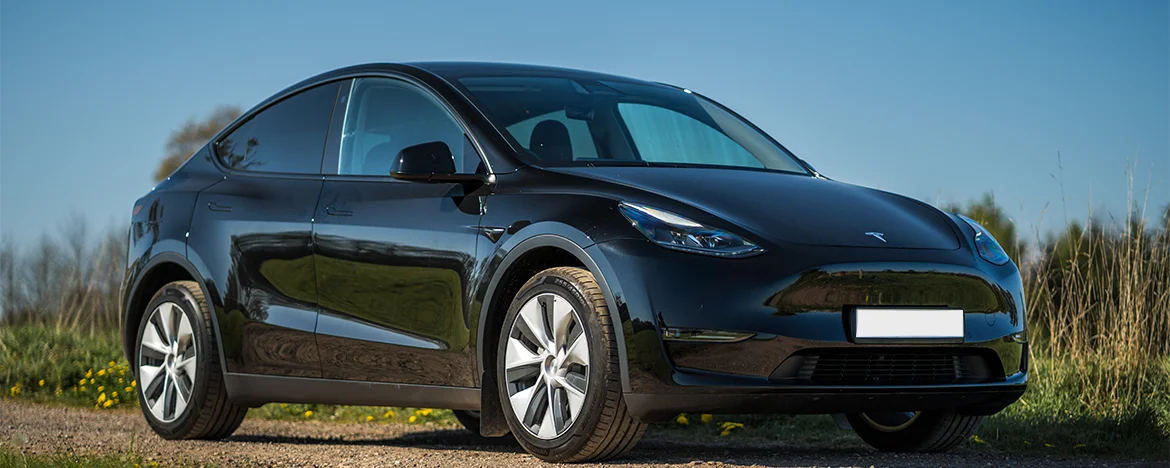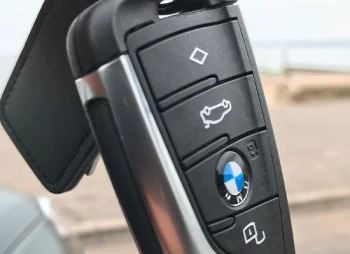It’s easy enough to allow your employees to just hop in their car and head off without checking the standard of their vehicle, whether it’s been well-maintained, or even if your driver has a clean licence.
Grey fleet can also reflect badly on your business based purely on the vehicle the driver has chosen.
If you’re giving your employees a car cash allowance without stipulating the conditions the car must be in – for example, under five years old or with a certain amount of miles on the clock, you’re not in control of what your employees are driving.
Before you know it, your drivers are turning up to client meetings in a battered old diesel and this might not be the impression you want to make – especially if you have sustainability goals to try and hit.
Putting a grey fleet management policy in place or transitioning your grey fleet drivers into electric salary sacrifice cars can go a long way in improving those first impressions, keeping your drivers safer on the roads and mitigating the chances of your company having to pay out thousands of pounds in unexpected costs.
What are the benefits of grey fleet management?
According to Paula, ‘If a company has not checked their grey fleet or done any due diligence in making sure drivers have valid licences and insurance, and that their car is in good condition, how do they know that the employee’s car is fit for purpose, or that the driver themselves is fit for purpose?’
If you haven’t checked your grey fleet and you have a driver who is involved in a serious collision, this could come back to your company, and – depending on the nature of the incident – can result in something like a corporate manslaughter case that has the potential to cost millions.
This is probably money your business does not have – and doesn’t want to spend on something that can be so easily mitigated.







